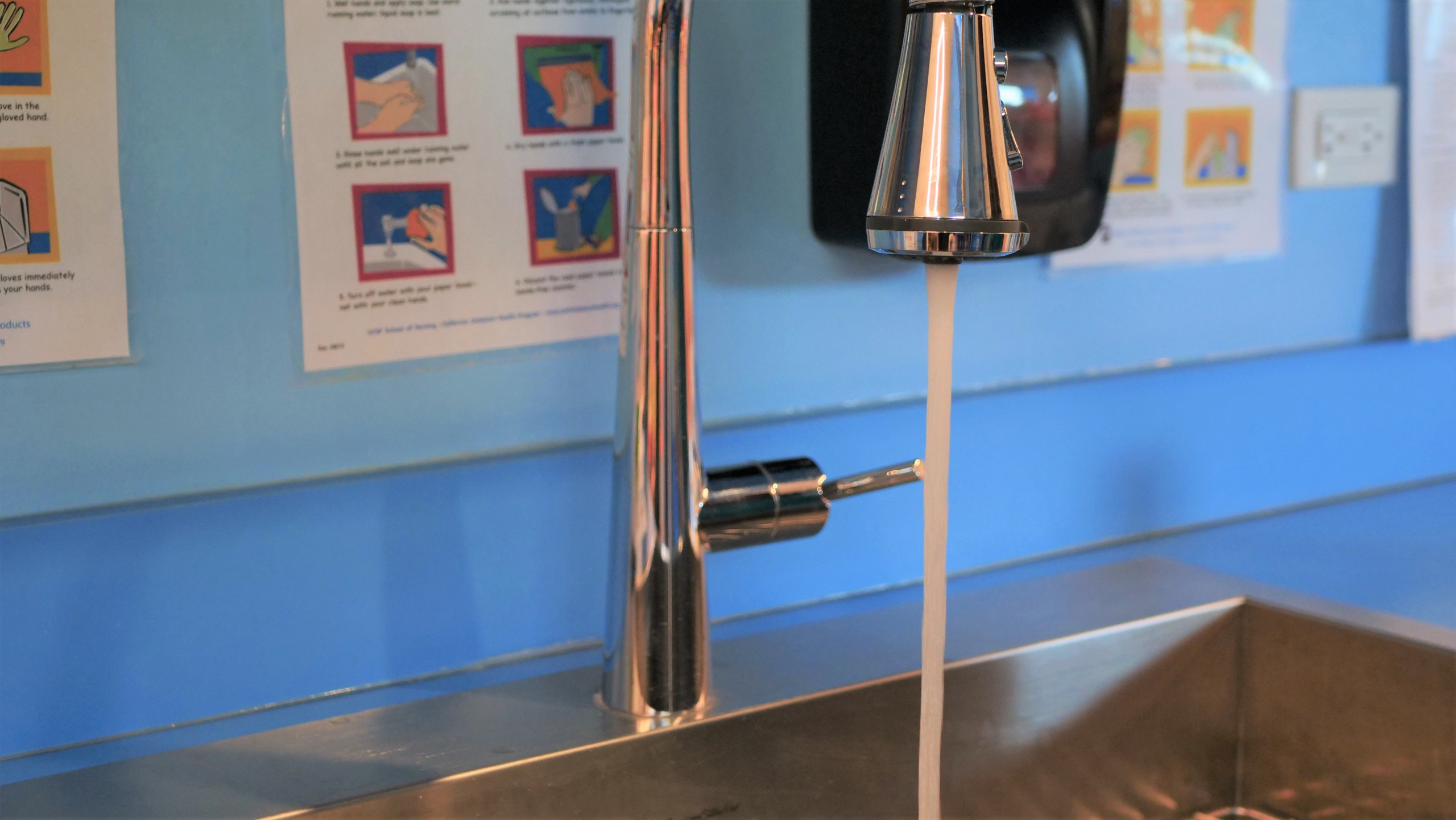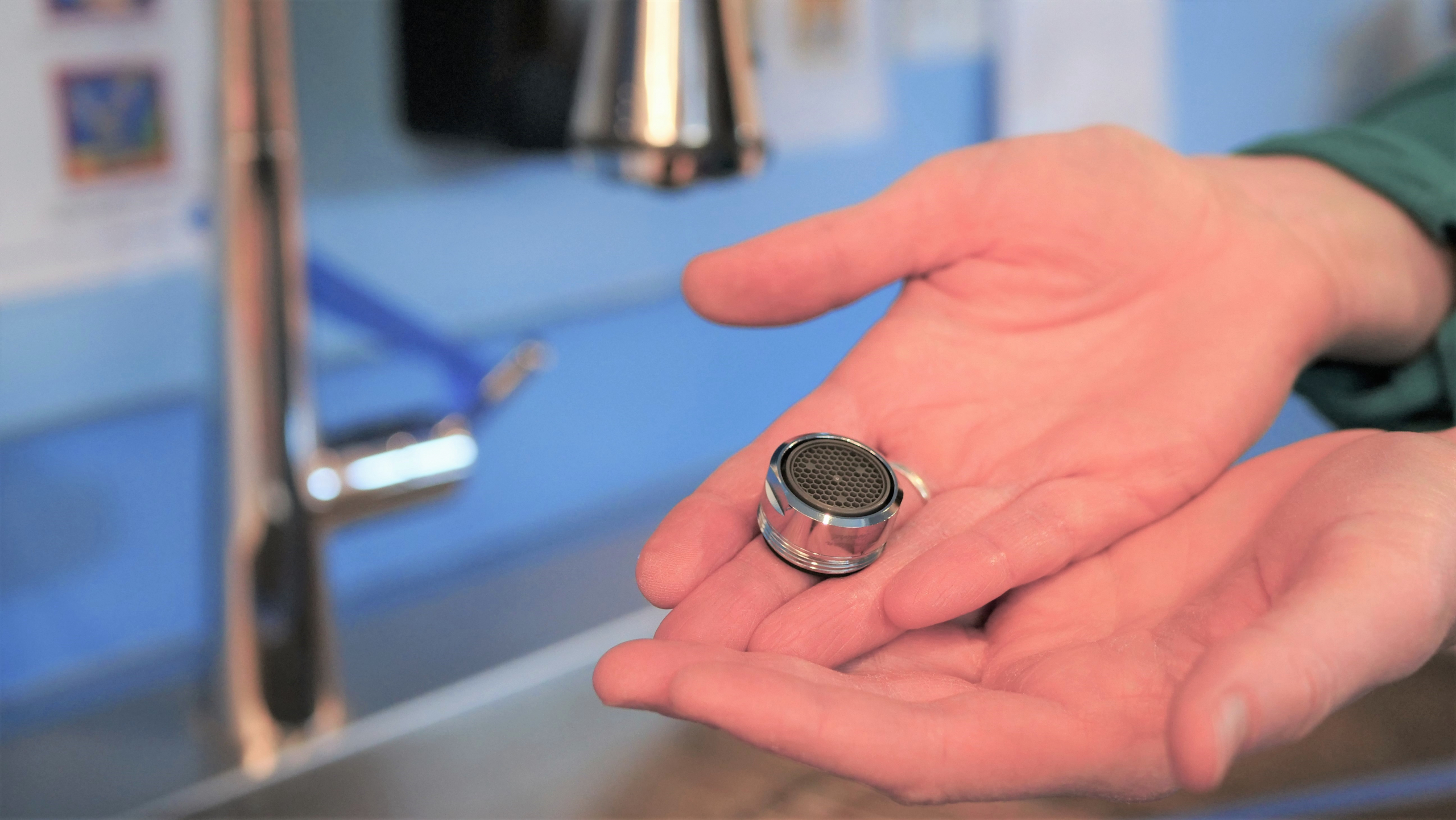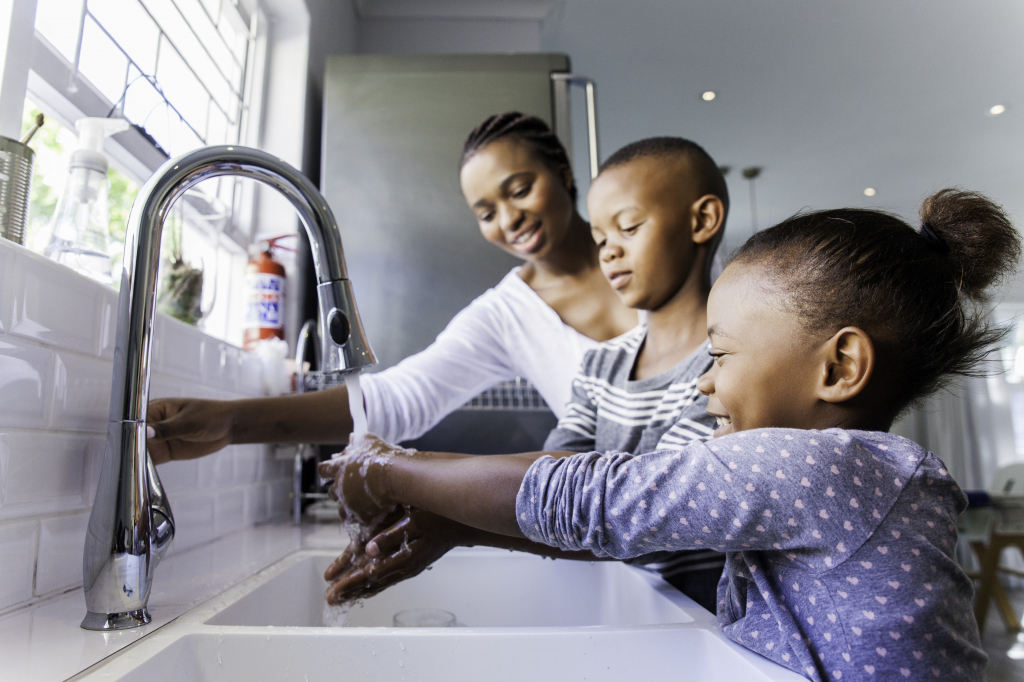Many of you have taken important steps to address water safety in your home or child care facility. Through LeadCare Illinois, perhaps you’ve completed a lead safety training, registered to receive a test kit, or are developing a mitigation plan.
We applaud the actions you’ve taken thus far and we’re here to support you when you do get started. But did you know there are several simple, everyday actions you can take right now to improve water quality? No matter where you’re at in the lead in water testing or mitigation process, these three actions are easy, affordable, and effective ways to help reduce lead in water, beginning today!
- Don’t use hot water for drinking and cooking.
- Run or “flush” your water before using it.
- Clean faucet aerators.
LeadCare Illinois asked the experts to weigh in on how they incorporate these actions into their daily routine. Read on to learn more and make these actions a part of yours!
(Note: The following actions should not be used in lieu of water testing or a long-term mitigation plan. Rather, these routine practices can be employed at any time to help reduce lead exposure.)
1. Don’t use hot water for drinking and cooking.
The problem: Hot water can be more stagnant than cold water, as it often comes from a water heater or hot water lines in your home or facility.
The solution: Use cold water for all drinking and cooking needs at your home or child care facility.
Darrah Dunlap is a Water Quality Specialist with the Illinois Department of Public Health (IDPH) Plumbing and Water Quality Program. She explained why this routine action is so important. “There’s so many different times when people don’t think about whether they use cold or hot water,” Dunlap said. “It’s something you can consciously think about, to make sure that you’re getting water fresh from the main in the streets, versus from your water heater or stagnant hot water lines at home.”
Brain Cox is the Plumbing and Water Quality Program Manager at IDPH. He told LeadCare Illinois that he follows this best practice at home. “We only obtain drinking and cooking water from the cold-water system, we never use the hot water system for this,” Cox said.
2. Run or “flush” your water before using it to reduce lead buildup.
The problem: When not frequently used, water can grow stagnant in pipes or lines.
The solution: Flush fixtures for one to two minutes at the beginning of the day and 30 seconds before each use to reduce lead levels. This is especially important to do before you use it for drinking or cooking.

“Make sure that you’re running your water consistently, especially if there are certain fixtures or areas of your home or facility where you know water isn’t frequently used,” Dunlap said.
Dunlap has made a routine of this herself. “One of the first things I do in the morning is get up and turn on faucets as I’m getting ready to make tea or something,” she said.
Cox told us it’s a daily routine in his home, too. “Every morning when I first get up, I’ll run some water at our kitchen sink, because one of the things that my children do before they go to school is to fill up their reusable water bottle. So I’ll run water at our kitchen sink to essentially flush out those lines,” Cox said.
3. Clean your faucet aerators (those little removable screens at the end of your faucet).
The problem: Sediment and debris can build up in faucet aerators, which reduces the quality of water that comes through the faucet.
The solution: Clean your faucet aerators to remove built-up sediment and debris every few months. Soaking the aerator in vinegar can help dissolve and remove particulate lead.

If you’re wondering if your sink or faucet even has an aerator installed, Dunlap suggests an easy test that she employs in her own field investigations. “Run your hand along your faucet, and see if there is a threaded connection at the end, or a loose cap. One thing we do in the field frequently is to turn our phones onto the front-facing camera and put it underneath [the faucet] to see if you can see the screen. If you see the screen there, you know an aerator is present,” she said.
Then, remove the aerator and examine it for any sediment or buildup. Rinse it with water, and soak it in vinegar, an affordable ingredient that is easy to find. For instructions on how to clean your aerator, read this helpful fact sheet.
Tip: Set a recurring reminder on your phone to help you remember to clean your aerators every few months.
The Benefits Beyond Lead in Water Reduction
The above actions are easy ways to help reduce the level of lead in water at your home or child care facility. Even if you’ve recently tested your water and lead was not detected, these actions remain important and valuable for overall water quality.
“So whether or not you know you have lead, these best practices will not only protect for lead but also improve overall water quality in your home and prevent other issues. The best practice in general around water is to be more aware,” Dunlap said.
Check out additional resources from LeadCare Illinois as well as instructional videos on preparing your facility for testing.
What other actions do you take to improve the water quality in your home or facility? What other questions do you have? Please get in touch with LeadCare Illinois today!
